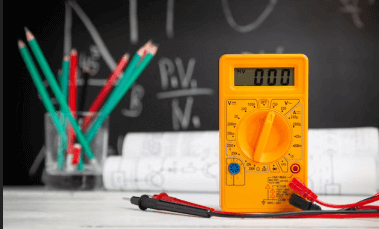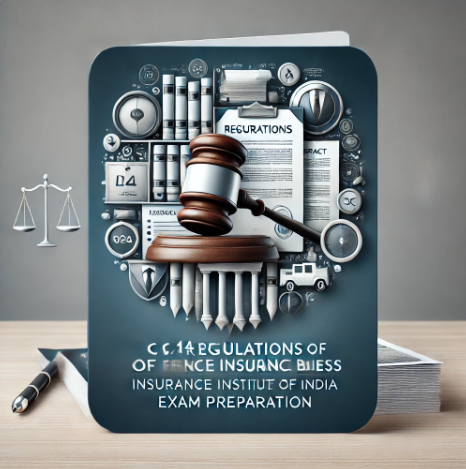Question
a.
25 MN/m²
b.
40 MN/m²
c.
50 MN/m²
d.
75 MN/m²
Posted under Mechanics of Materials
Interact with the Community - Share Your Thoughts
Uncertain About the Answer? Seek Clarification Here.
Understand the Explanation? Include it Here.
Q. A steel bar 600mm long and having 30mm diameter, is turned down to 25mm diameter for one fourth of its length. It is heated at 30 C above room temperature, clamped at both ends and...
Similar Questions
Explore Relevant Multiple Choice Questions (MCQs)
Q. A cube having each side of length p, is constrained in all directions and is heated unigormly so that the temperature is raised to T.C. What will be the stress developed in the cube?
View solution
Q. A steel rod 10mm in diameter and 1m long is heated from 20 to 100 degree celcius, E = 200 GPa and coefficient of thermal expansion is 12 x10⁻⁶ per degree celcius. Calculate the thermal stress developed?
View solution
Q. A cube with a side length of 1m is heated uniformly a degree celcius above the room temperature and all the sides are free to expand. What will be the increase in the volume of the cube? Consider the coefficient of thermal expansion as unity.
View solution
Q. The thermal stress is a function of _____________
P. Coefficient of linear expansion
Q. Modulus of elasticity
R. Temperature rise
View solution
Q. A steel rod is heated from 25 to 250 degree celcius. Its coefficient of thermal expansion is 10⁻⁵ and E = 100 GN/m². if the rod is free to expand, the thermal stress developed in it is:
View solution
Q. Which one of the following pairs is NOT correctly matched?
View solution
Q. A steel rod of length L and diameter D, fixed at both ends, is uniformly heated to a temperature rise of δT. The Youngs modulus is E and the coefficient of linear expansion is unity. The thermal stress in the rod is ____________
View solution
Q. A uniform, slender cylindrical rod is made of a homogeneous and isotropic material. The rod rests on a frictionless surface. The rod is heated uniformly. If the radial and longitudinal thermal stress are represented by σx and σz, then ___________
View solution
Q. Which one of the following are true for the thermal expansion coefficient?
View solution
Q. The length, coefficient of thermal expansion and Youngs modulus of bar A are twice of bar B. If the temperature of both bars is increased by the same amount while preventing any expansion, then the ratio of stress developed in bar A to that in bar B will be ___________
View solution
Q. Which test is conducted to measure the ability of a material to resist scratching, abrasion, deformation and indentation?
View solution
Q. Which test is conducted to measure the endurance limit of the material?
View solution
Q. What is the process in which the metal is cooled rapidly in water after heating the metal above the lower critical temperature to increase the hardness of the material?
View solution
Q. What is the process of heating the metal in the furnance to a temperature slightly above the upper critical temperature and cooling slowly In the furnance.
View solution
Q. Photo stress method is ___________
View solution
Q. What is the factor of safety?
View solution
Q. Which one of the following has the largest value of thermal coefficient?
View solution
Q. Identify which factor may cause a lowered body temperature:
View solution
Q. If a bar of two different length are in a line and P load is acting axially on them then what will be the change in length of the bar if the radius of both different lengths is same?
View solution
Q. If a bar of two sections of different diameters of same length are in a line and P load is acting axially on them then what will be the change in length of the bar?
View solution
Recommended Subjects
Are you eager to expand your knowledge beyond Mechanics of Materials? We've handpicked a range of related categories that you might find intriguing.
Click on the categories below to discover a wealth of MCQs and enrich your understanding of various subjects. Happy exploring!








